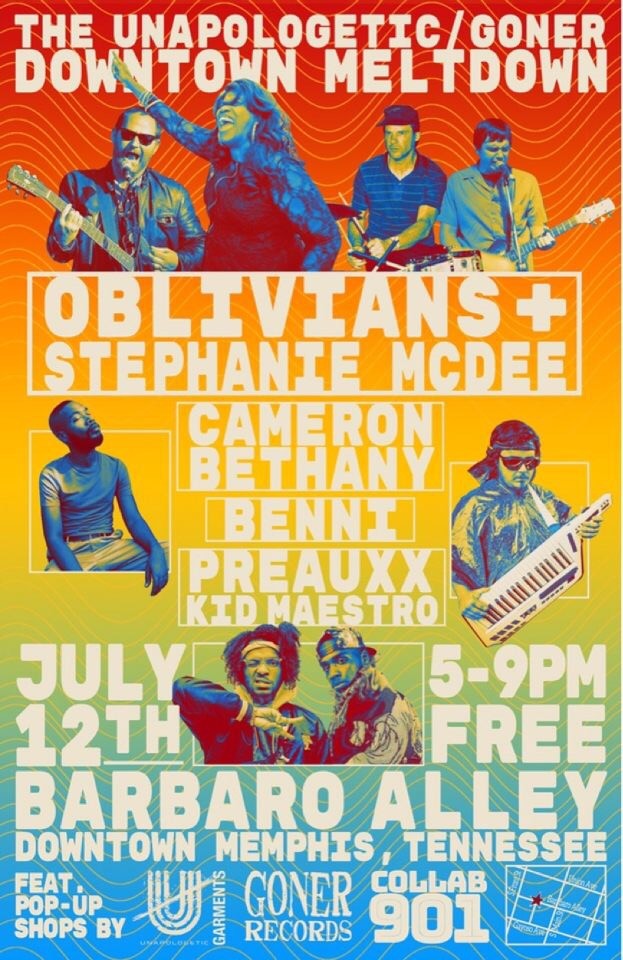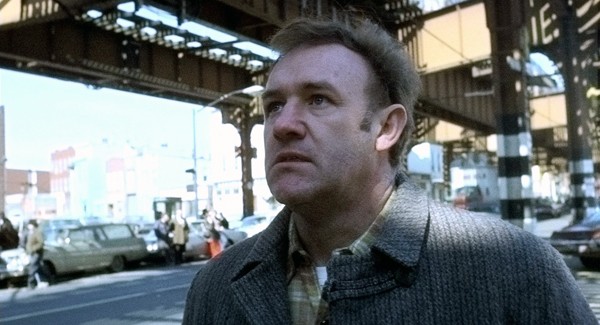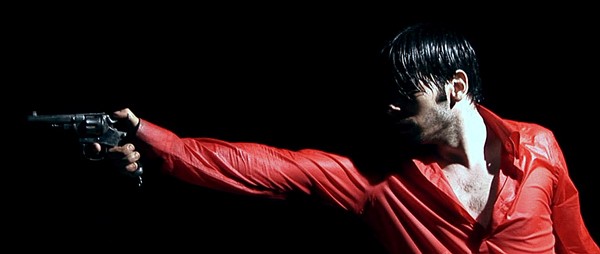Occasionally in life, if we are fortunate, we may forge the kind of friendship in which both parties are completely comfortable with one another. I personally have found such a friendship in Rhett Ortego, a New Orleans native. Our particular, and perhaps peculiar, bond can be summed up in a tableau: Rhett sitting in my bathroom reading aloud a history of Mardi Gras to me while I am in the shower. (This may be a good time to mention that I am a heterosexual cis gender woman and Rhett is a homosexual cis gender man, and therefore, there is no danger of sexual tension in this anecdote. Much to the dismay of Rhett’s grandmother, who pulled him aside during my visit to his family home and asked, “Are you sure you don’t want to be anything more to Coco?” But I’m getting ahead of myself.) This is how I ended up on my first-ever trip to New Orleans during Mardi Gras with my own personal tour guide.
On Sunday, February 19, 2023, Rhett and I are strolling through the French Quarter of New Orleans, Louisiana, and I am falling in love with the brightly painted houses and maze-like streets. It is a lovely day, the sun is shining, and everything is bright. I knew Mardi Gras was a big deal, but I was not quite prepared for the festive atmosphere that permeates the city. Beads hang off balconies and porches; lawns are decorated in purple, green, and gold; and businesses all over the city display repurposed Christmas trees — now Mardi Gras trees — in shop windows. People everywhere are wearing the most outrageous and fantastic clothes. I see a man dressed all in white, wearing giant white angel wings riding a bike down Napoleon Avenue, under a canopy of toilet-paper-rolled trees. A man who looks like he could be a Hell’s Angel sports a gold tiara.

As we drive and walk through the city, Rhett nonchalantly peppers our conversation with statements such as, “That house was owned by a silent movie actress, and now it’s a library,” or “The Heebe family lived there.” He tells me the history of many buildings, often including the date they were built or what their original purpose was. As we enter Jackson Square, I notice that I am the fastest walking person in the crowd. I point it out and Rhett simply says, “The Big Easy.” Everyone is unhurried, including the albino horse wearing a unicorn headband pulling a carriage down the streets of the Vieux Carre. We eat lunch on a balcony (which differs from a gallery, I learn, in that it isn’t supported by columns or poles in any way). This particular balcony slants toward the street at such an angle that it feels as though we could spill over onto the sidewalk at any moment.

What strikes me in many places are not the sights of the city, but the sounds. I take several videos just to capture the aural experience. Being from Memphis, I especially appreciate another city that is permeated with music. I hear violins, homemade drums, and saxophones, and they are all layered between the voices of thousands of people having a good time. On Lundi Gras, the Monday directly before Fat Tuesday, we go to one of the many parades. The walk to the route takes us along St. Charles Avenue, past houses whose architecture dates back to the 1800s. The parade offers up a completely different, more cacophonic, variety of sounds. Multiple marching bands, floats, and horses file through a throng of shouting people, and the distinctive sound of a wad of plastic beads being caught flashes periodically through the din.
On Fat Tuesday itself, Rhett and I get to experience our own grown-up platonic version of prom at the Rex Ball. After the event, I finally slow down to match the pace of the locals, mincing along in my four-inch heels and floor-length vintage red dress. When we get back to Rhett’s parents’ house, we rewatch the ball (apparently an Ortego family tradition) with his dad, a hilarious experience made more palatable by the bottle of whiskey he breaks out for the occasion. A fitting end to our Louisiana fairy tale.
Coco June is a Memphian, mother, and the Flyer’s theater columnist.




 Alex Greene
Alex Greene  Lesley Young
Lesley Young 

 Josh Miller
Josh Miller 


